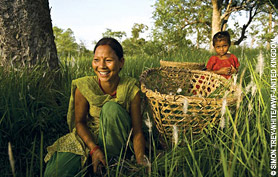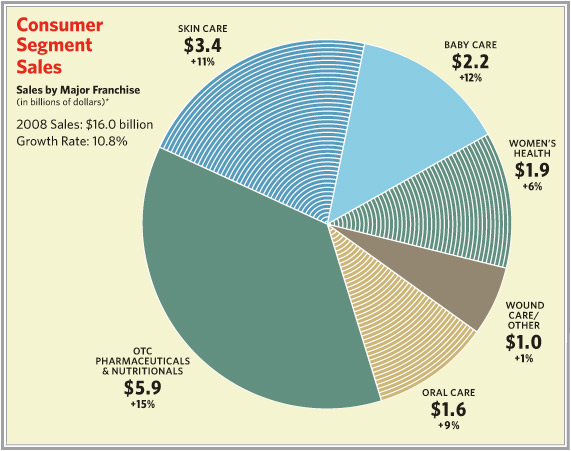Linking Conservation to Health
The Terai Arc forests in Nepal provide resources for nearly 7 million people and are vital to the survival of endangered species.
The World Wildlife Fund (WWF), in partnership with Johnson & Johnson and the United States Agency for International Development, promotes community conservation and improves health and family services for 16,000 families. Household bio-gas plants, 165 in all, were built to provide clean cooking fuel. This also reduces wood use by 7,425 metric tons and carbon dioxide emissions by 660 tons annually.
“We help people understand links between conservation and the health and livelihood of communities,” says Shubash Lohani, WWF Deputy Director, Eastern Himalayas. Projects are also under way in Kenya and the Democratic Republic of the Congo.
Making a Difference in Young Lives
Employees help make a difference in the lives of young people through the Johnson & Johnson Bridge to Employment (BTE) program.
Mentors like Deborah Coburn, Manager, Sales & Operations Planning, LifeScan, Inc., encourage high school students to pursue higher education while introducing them to career opportunities in health care.
“Students work alongside business colleagues and develop critical skills that will help them in college and beyond,” says Deborah. “The program enriches the lives of young people, who go on to share their experiences with many different individuals.”
BTE, in partnership with the Academy for Educational Development, has reached more than 5,000 students since 1992. It is active in the U.S., Colombia, Ireland and Scotland, and is expanding to Brazil, the Czech Republic and Spain in 2010.


